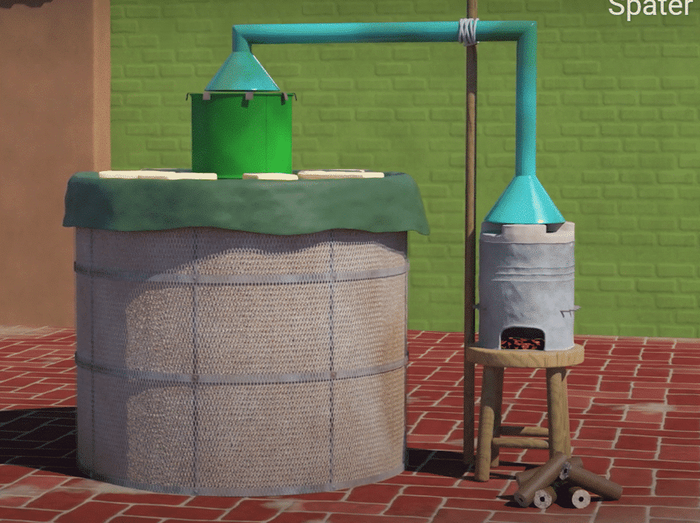Improperly dried rice is prone to moulds and pests hence causing losses. But paddy rice drying is hard especially during rainy and cloudy days hence need to use a drier.
Using a BAU-STR drier to dry rice reduces cost, labour and health risks. The BAU-STR drier comprises of a blower, an inner bin, an outer bin, hot air conveyer pipe and a stove. The inner bin and outer bin sit on any plain floor, the blower will be on the inner bin, the stove is placed besides the grain bin while the steel conveyer pipe connects the stove and axial floor blower for harder air flow.
Energy for the dryer
The grain should be placed evenly in the empty space between the inner bin and a polythene sheath is used to cover the top to prevent hot air from leaking outwards. Rice husk briquettes chopped into 2.5 cm long pieces are used as fuel in the stove and electricity or generator used to run the blower. The blower sucks hot air from the stove through the steel conveyer pipe and blows the air into the inner bin of the conveyer. This dries the paddy.
The temperature blowing into the paddy should not exceed 43 degrees for seed and 50 degrees for rice to be consumed. In order to have better rice recovery, tamper 4 to 5 hours after drying.



















